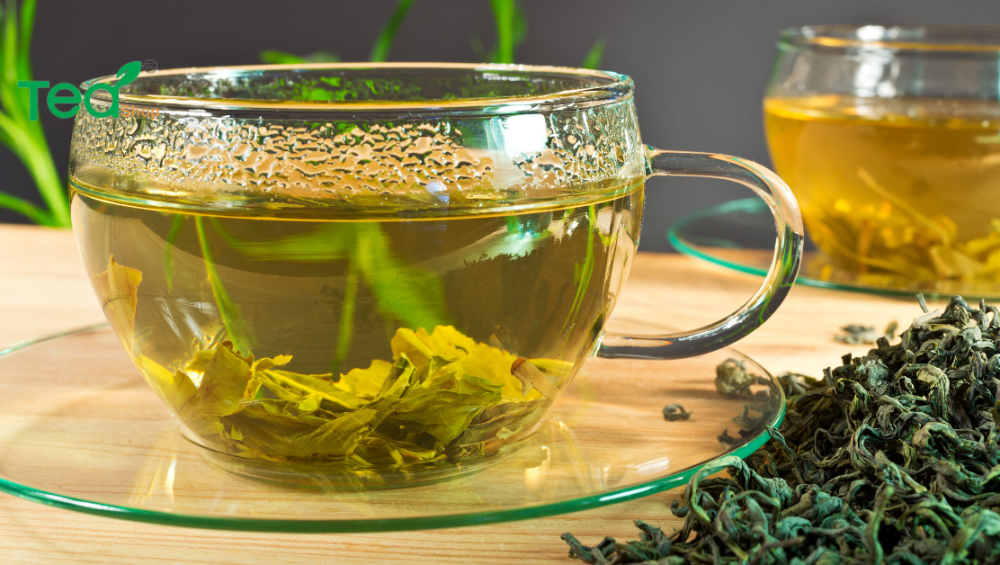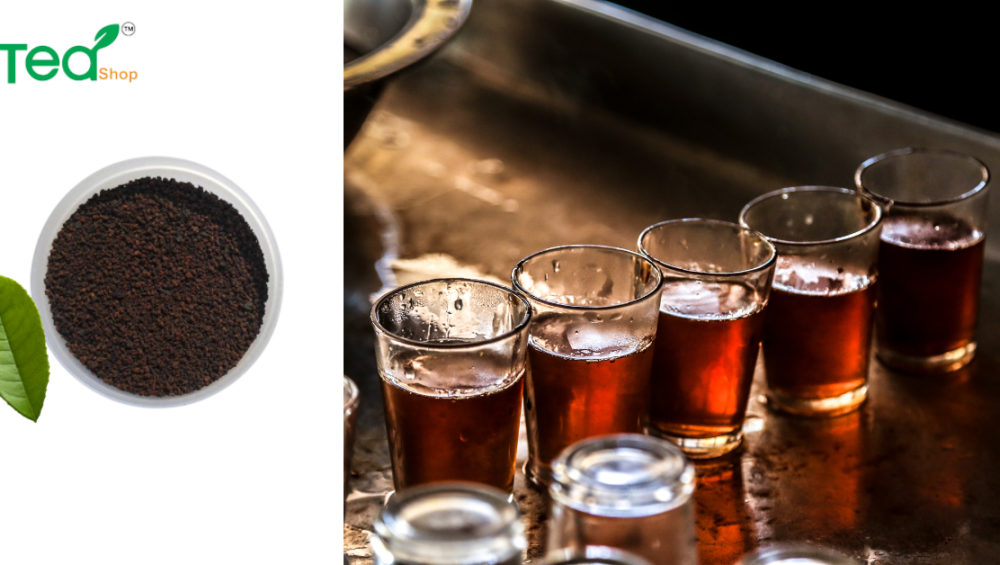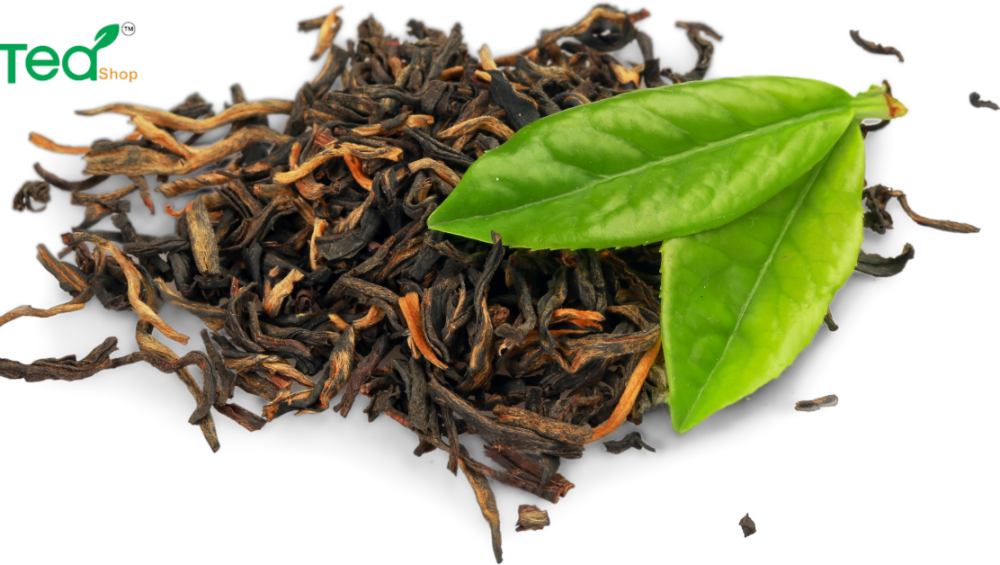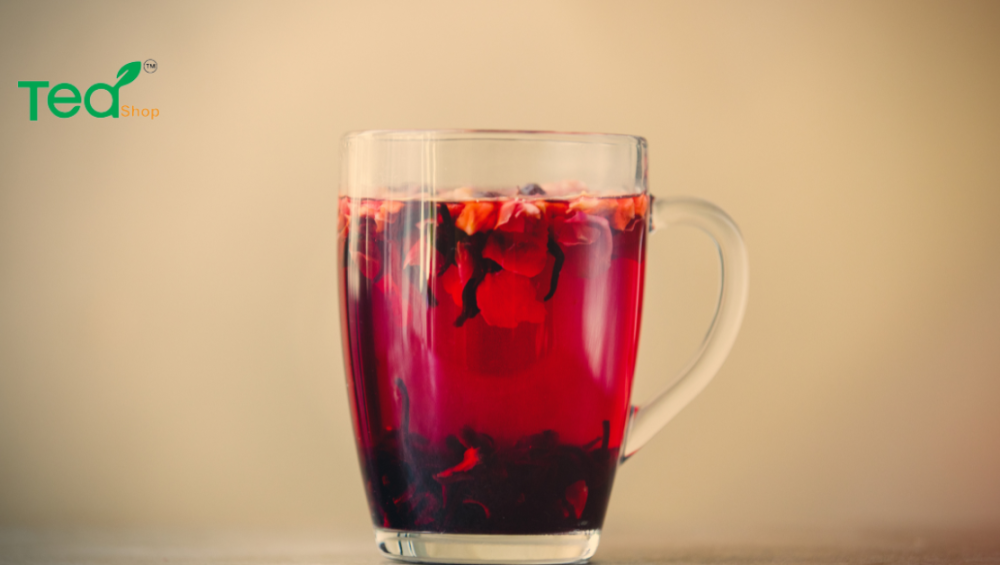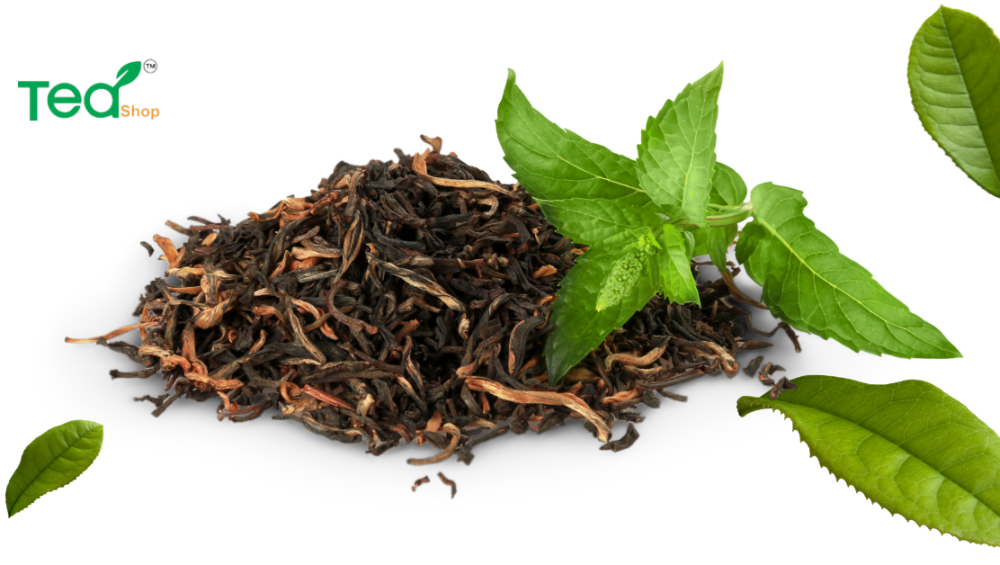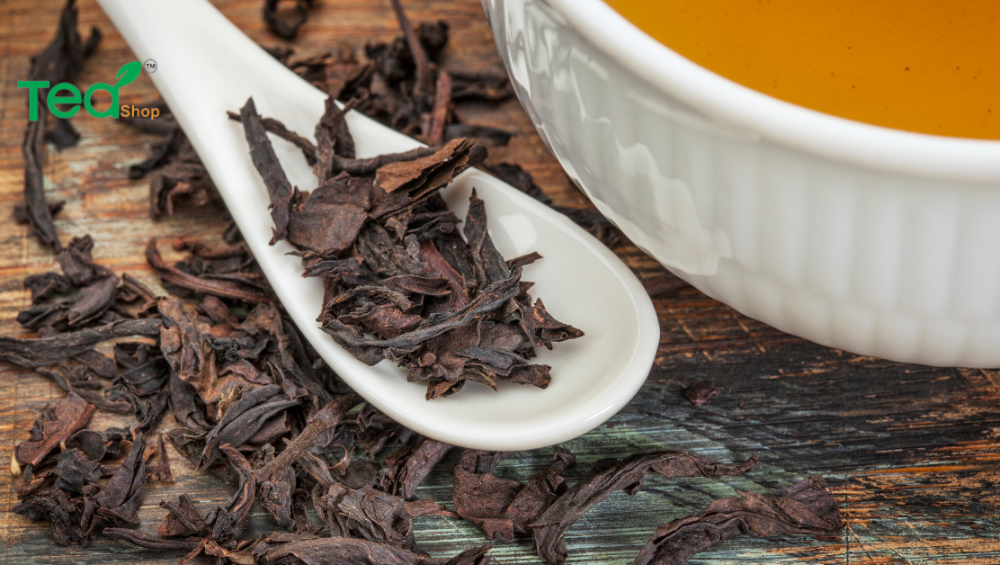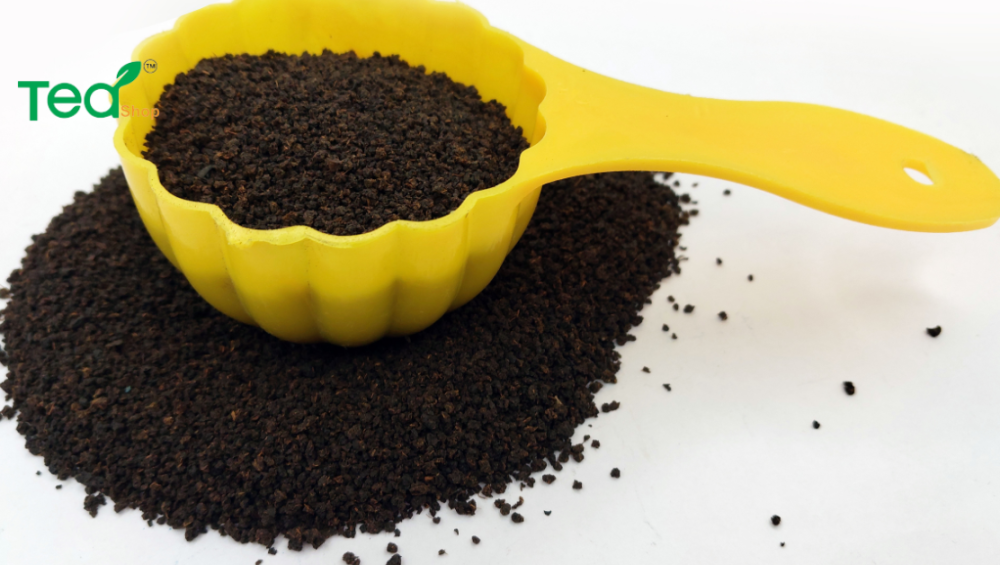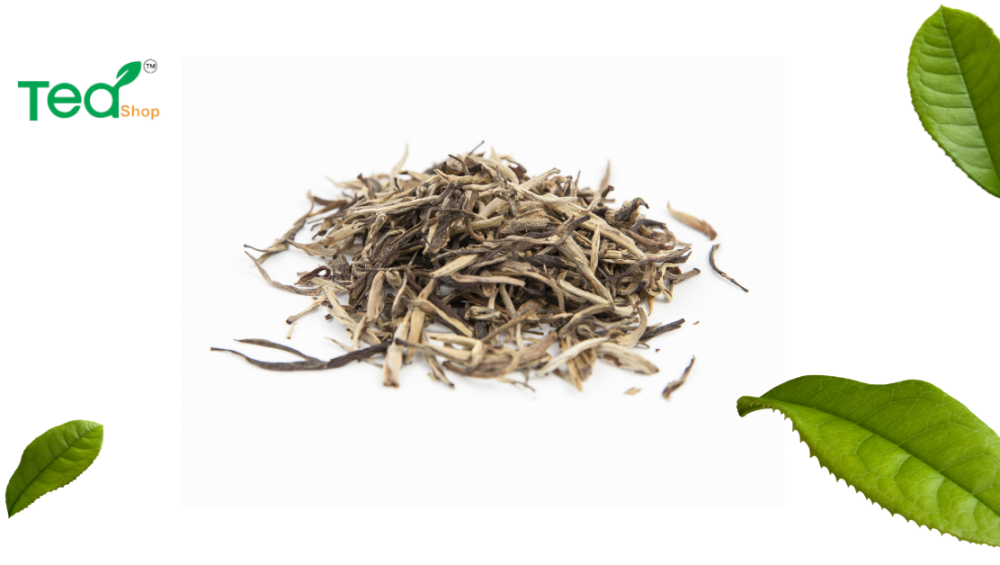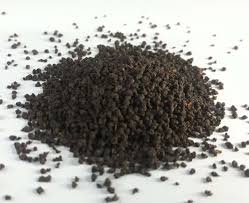Jasmine Tea Jasmine tea is a popular scented tea that is made from green or black tea leaves that are scented with jasmine flowers. The tea is traditionally made by layering fresh jasmine flowers with tea leaves, allowing the tea to absorb the fragrance and flavor of the flowers. Jasmine tea is prized for its […]
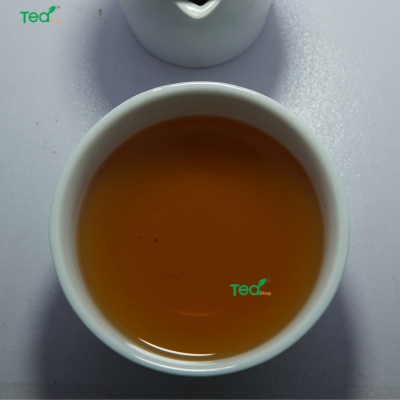 CategoriesBest Tea
CategoriesBest Tea

